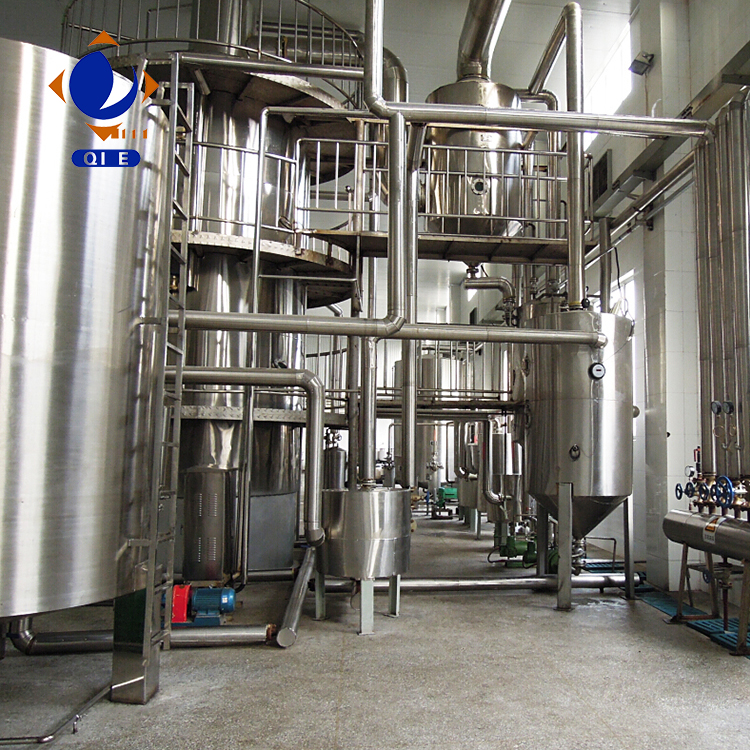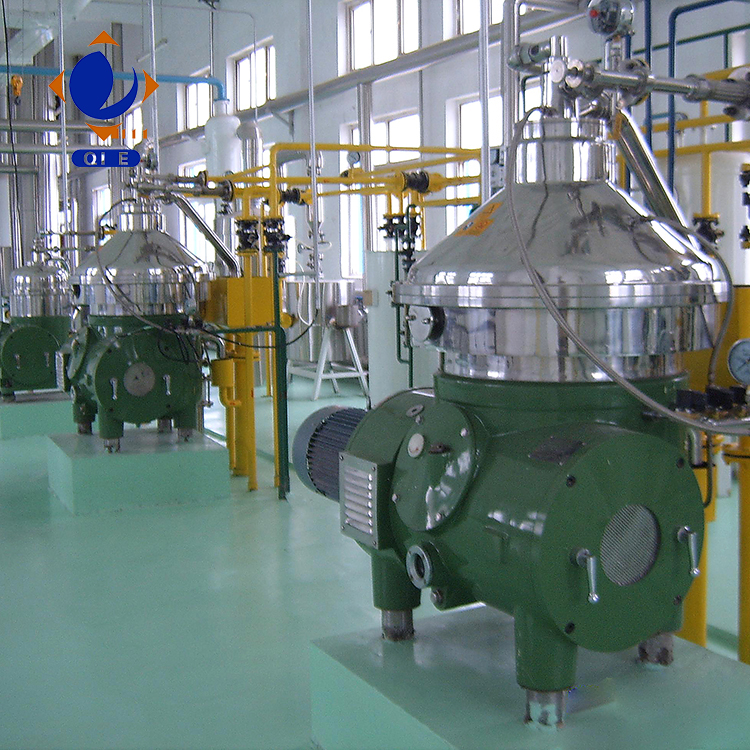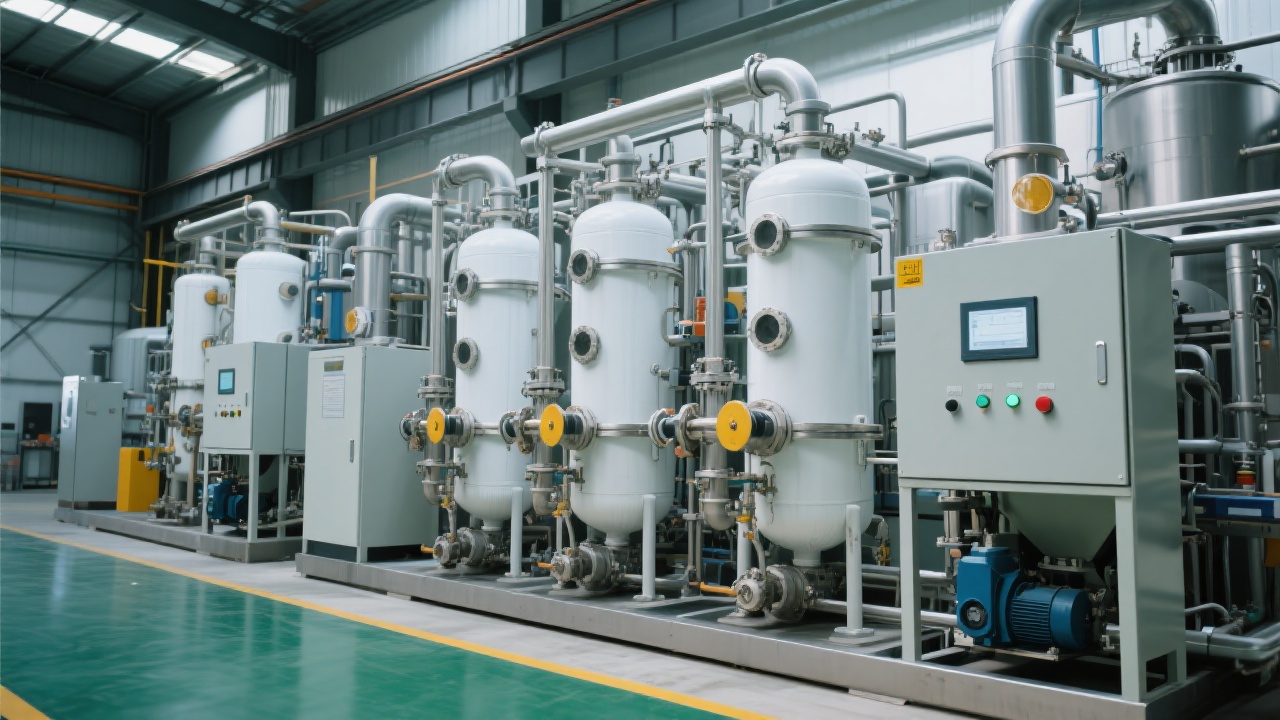
As a decision-maker or technical leader in the grain and oil processing industry, the choice of soybean oil refining equipment fundamentally impacts your plant's operational efficiency, product quality, and overall competitiveness. Selecting equipment with the right combination of material and process technology is not just a technical decision—it’s a strategic move to boost energy savings and ensure food-grade safety compliance.
The core principle when choosing soybean oil refining equipment lies in the compatibility between the equipment’s material construction and the refining process employed. For instance, using 304 stainless steel, known for its corrosion resistance and food-grade safety, ensures no contamination during refining phases such as degumming, deacidification, and bleaching. This material excels under high-temperature and chemical exposure, which are common in industrial oil refining.
In modern grain and oil processing, certifications like CE (Conformité Européenne) and ISO9001 are critical indicators of quality and safety compliance. CE certification signals adherence to EU safety, health, and environmental regulations, while ISO9001 ensures consistent quality management systems at the supplier level. Equipment bearing these certifications not only guarantees reliability but also simplifies regulatory approvals, especially for exporters focusing on stringent global markets.
Choose refining systems that adopt a modular layout. Modular design enhances installation flexibility, compresses commissioning time by up to 25% compared to traditional setups, and eases future upgrades or maintenance activities. This translates into measurable operational savings and reduced downtime, especially valuable for mid- to large-scale oil processing plants aiming for rapid product output without compromising quality.

| Metric | Traditional Equipment | High-Efficiency Modular Equipment |
|---|---|---|
| Energy Consumption (kWh/ton) | 120 | 85 (≈29% reduction) |
| Installation & Commissioning (days) | 45 | 34 (≈25% faster) |
| Maintenance Cost (annual, USD) | 15,000 | 9,000 (≈40% savings) |
Whether operating a small-scale facility or a large refinery, understand that one size doesn't fit all. Smaller enterprises may prioritize modular units with flexible capacity to reduce capital expenditure, while large-scale plants benefit from integrated systems ensuring consistent throughput and optimized resource utilization. Carefully analyze your process requirements, batch sizes, and product specifications before finalizing equipment.
Are you encountering challenges with energy inefficiency or inconsistent product quality in your soybean oil refining line? Consider adopting a framework based on material-process compatibility to identify gaps and optimize your selection strategy.

Selecting incompatible equipment results in wasted energy, unstable product quality, and increased downtime. For example, using non-food-grade materials can cause contamination, while equipment lacking certification may not withstand export market inspections. Moreover, traditional non-modular systems often require prolonged installation and difficult maintenance, undermining your plant’s responsiveness to market changes.

For an in-depth selection process that factors in your unique operational conditions, download the "Soybean Oil Refining Equipment Selection Checklist" today. Need personalized assistance? Schedule a free technical consultation with our experts to optimize your process efficiency and equipment ROI.

